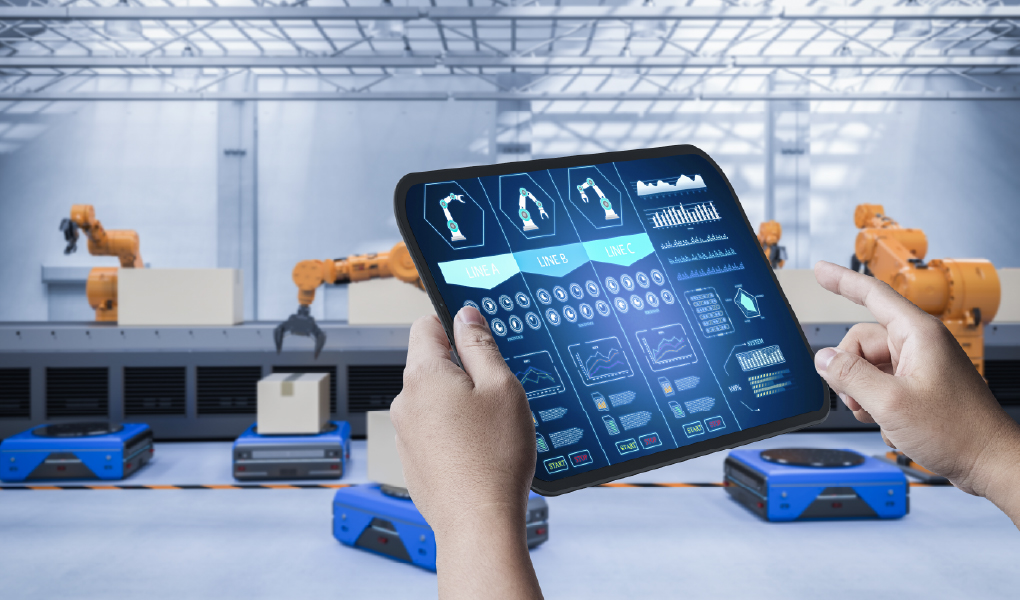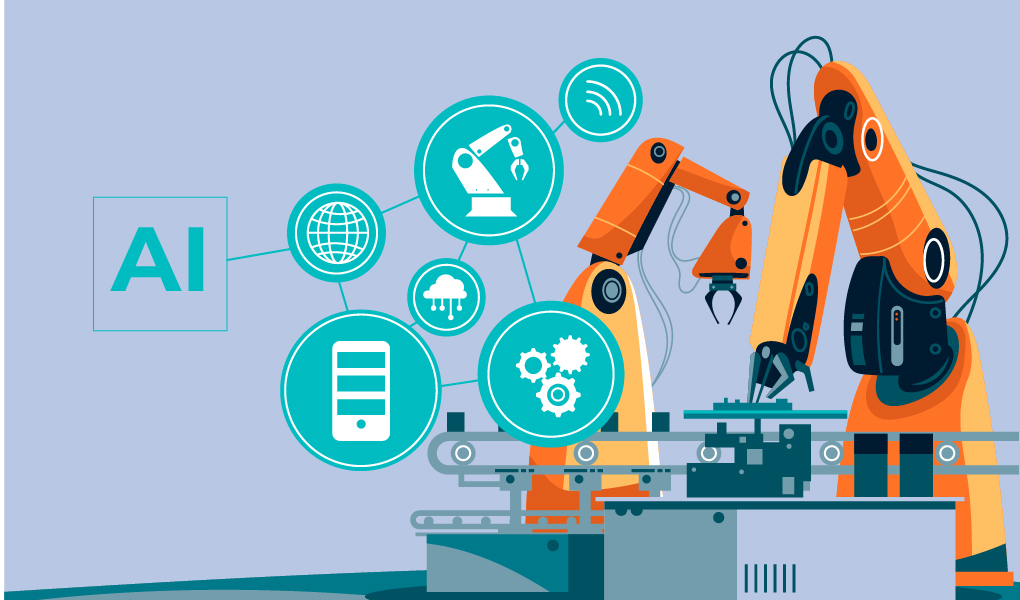
The manufacturing industry is at the center of the Fourth Industrial Revolution. Factories are no longer just physical spaces of production; they are turning into smart ecosystems powered by AI, IoT, and data analytics. At the heart of this transformation lies predictive maintenance in manufacturing, a practice that leverages technology to reduce downtime, optimize resources, and extend the life of equipment.
In this blog, we’ll explore what predictive maintenance in manufacturing is, why it matters, its benefits, types, and real-world examples of how AI is revolutionizing production lines.
What is Predictive Maintenance in Manufacturing?
Predictive maintenance in manufacturing refers to the use of data-driven technologies such as sensors, machine learning, and real-time monitoring to predict when machinery is likely to fail. Instead of waiting for a breakdown (reactive maintenance) or servicing equipment at regular intervals (preventive maintenance), predictive maintenance enables manufacturers to intervene only when necessary.
This approach reduces unnecessary maintenance costs, prevents unexpected downtime, and ensures smooth production.
Importance of Predictive Maintenance
The importance of predictive maintenance in the manufacturing industry lies in its ability to strike a balance between productivity and cost savings. In traditional models, machines are either serviced too frequently or fail unexpectedly, leading to disruptions. Predictive maintenance solves this by:
- Monitoring equipment health continuously.
- Using AI and IoT sensors to detect anomalies.
- Giving maintenance teams advance alerts about possible failures.
The result is a factory environment that runs with higher efficiency and zero unplanned downtime.
Types of Predictive Maintenance
When discussing types of predictive maintenance, it’s important to note that manufacturing plants use different methods depending on the machinery and production process. Common approaches include:
- Vibration Analysis : Detects misalignment, imbalance, or bearing issues in rotating equipment.
- Thermography Uses infrared cameras to spot overheating components.
- Oil Analysis Evaluates lubricants to detect contamination or wear particles.
- Ultrasonic Testing Identifies leaks or electrical discharge in compressed air and power systems.
- AI & Machine Learning Models Predict failures using large datasets of historical performance and real-time sensor data.
Each method plays a role in creating a comprehensive predictive maintenance strategy for the manufacturing industry.

AI for Predictive Maintenance in Manufacturing
The biggest enabler of predictive maintenance in the manufacturing industry today is AI. Artificial intelligence allows systems to process massive amounts of machine data, identify hidden patterns, and generate actionable insights.
- AI algorithms can analyze vibration signals to predict bearing failures weeks in advance.
- Machine learning can correlate environmental data (like temperature and humidity) with machine wear rates.
- AI-powered platforms can suggest the optimal time for servicing equipment, balancing production needs with maintenance costs.
This makes AI for predictive maintenance in manufacturing not just a trend, but a necessity for smart factories aiming for operational excellence.
Benefits of Predictive Maintenance in Manufacturing
The benefits of predictive maintenance in manufacturing extend far beyond just machine health. Key advantages include:
- Reduced Downtime: By predicting failures early, manufacturers avoid sudden breakdowns and keep production running smoothly.
- Cost Savings: Maintenance is done only when needed, cutting labor and spare part expenses.
- Increased Equipment Life: Early detection prevents excessive wear, helping assets last longer.
- Enhanced Safety: Identifying faults in advance minimizes the risk of accidents or hazardous failures.
- Improved Resource Planning: Predictive data helps plan spare part inventory and allocate staff efficiently.
These benefits translate directly into higher productivity, better margins, and improved customer satisfaction.
Predictive Maintenance in Manufacturing Example
To understand its real impact, let’s look at a predictive maintenance in manufacturing example:
A global automotive manufacturer integrated IoT sensors across its assembly line. By applying AI-powered predictive maintenance, it:
- Detected motor overheating before failure.
- Reduced unplanned downtime by 40%.
- Saved millions annually in production delays and spare parts.
This case highlights how predictive maintenance isn’t just theoretical—it delivers measurable ROI when implemented correctly.
Future Trends in Predictive Maintenance
Looking ahead, predictive maintenance will evolve with advanced technologies:
- Edge AI will enable real-time analysis at the machine level.
- Digital Twins will simulate equipment performance to predict failures even before they occur.
- Cloud-based predictive analytics will unify data from multiple plants for enterprise-wide insights.
- AI-human collaboration will empower technicians with AI-driven decision support systems.
These trends ensure that predictive maintenance in the manufacturing industry will continue to be the backbone of Industry 4.0.
Conclusion
The shift toward predictive maintenance in manufacturing marks a pivotal move from reactive firefighting to proactive, data-driven operations. By leveraging AI, IoT, and analytics, manufacturers can reduce downtime, cut costs, extend equipment life, and improve safety.
Whether through vibration analysis, thermography, or AI-based models, predictive maintenance ensures that factories of the future run smarter, safer, and more efficiently.
For companies looking to remain competitive in today’s fast-changing landscape, adopting predictive maintenance isn’t optional—it’s essential.

Want to Know More? Schedule a Demo Call.